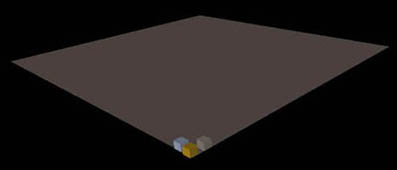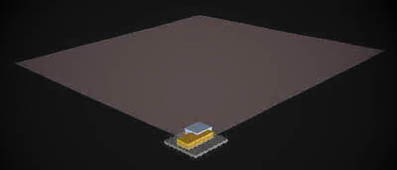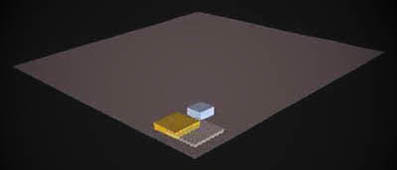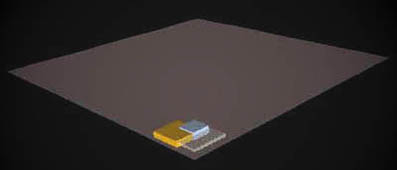We propose a model-tool that learns by user interaction and then uses this knowledge to generate plan designs.
The problem is defined as a search for locations and physical layout proposals that satisfy distributed and time-variant targets.
Expert knowledge for this search is not explicitly incorporated in the model but a Neural Network is used instead to discover and represent interdependencies among decision variables expressed by distributed sources (decision makers and their domain models.
We consider that plan descriptions are built on distributed domain problems and partial proposals developed by agents (human or artificial).
For this model plan descriptions are generated within a virtual reality (VR) world and are composed by aggregated objects introduced by users. The specifications of these objects are dynamically identified and modified by human actors directly or via the use of formal models.
The design problem is formulated as a coordination problem among self-interest agents (which are represented as cubes in the VR world) and is addressed via a distributed learning control methodology. Plan descriptions represent coordinated solutions (changes) that satisfy distributed domain requirements and views.




The purpose of design based on the control methodology is to find solutions that can direct partial descriptions produced by agents, to follow their dynamically defined targets -despite conflicting requirements.
Control is the process of self-adaptation of agents that leads to coordination of their distributed descriptions.
A control model has been built based on Adaptive Backthrough Control architectures. These structures typically use two neural networks: the Controller (the system that controls) and the Plant Model (a model of the system to be controlled).
First, the plant model is trained to approximate the plant by learning on line or off-line input-output patterns of the agent behaviour. Then, these patterns are used “backwards” as a guideline for the controller.
We have experimented with mathematical formulations that model agent behaviour (like motion, shape transformation and costs) based on state space methodology, as well as with fuzzy systems.